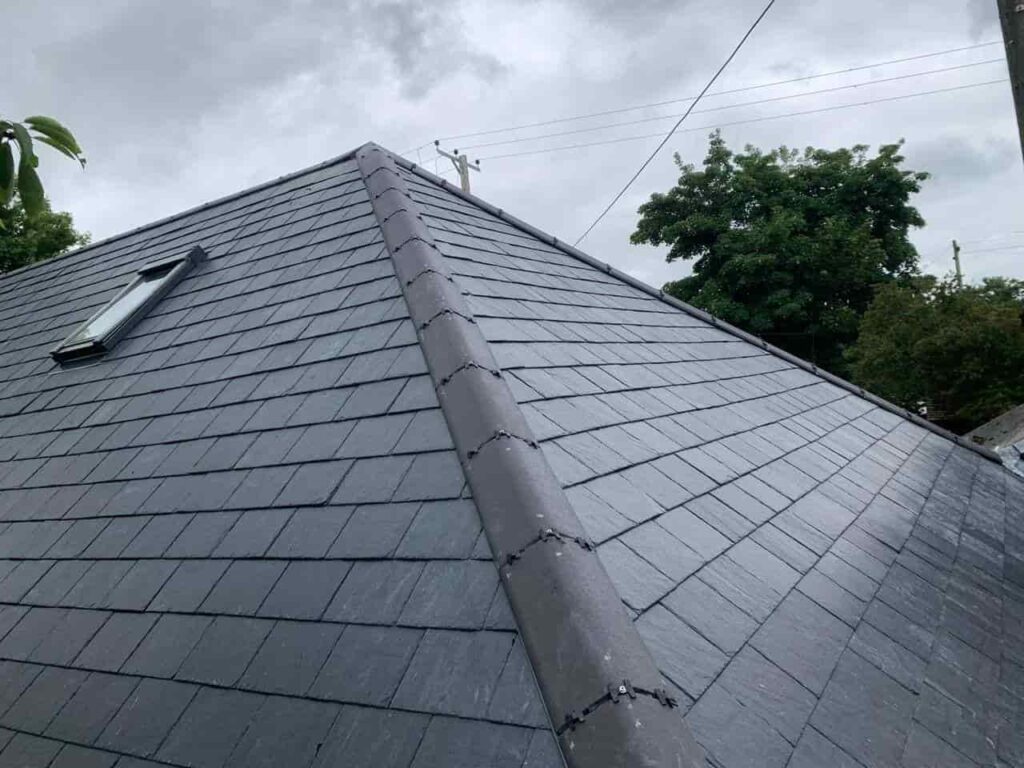Storms can be particularly harsh on roofs, leading to debris accumulation that may pose safety hazards or damage your roofing structure if not addressed promptly. At Sittingbourne Roofing Services, we understand the importance of a safe and thorough clean-up after a storm. This blog post will provide essential tips for safely removing roof debris and restoring your home to its optimal condition.
1. Assess the Situation from the Ground
Before climbing onto your roof, conduct a visual inspection from the ground. Look for any obvious hazards, such as large branches, fallen trees, or loose shingles. Make note of what you see, as this will help you plan your approach.
2. Ensure Your Safety First
Safety should always be your top priority when dealing with roof debris. Here are some essential safety tips:
- Use the Right Equipment: Ensure you have a sturdy ladder that is appropriate for your height needs. A ladder stabiliser can also provide additional safety when accessing your roof.
- Wear Protective Gear: Equip yourself with safety goggles, gloves, and a hard hat to protect against falling debris and sharp objects.
- Avoid Working Alone: If possible, have someone with you to help, either to hold the ladder or assist in the clean-up process.
3. Remove Loose Debris
Once you are safely on your roof, start by removing loose debris such as leaves, small branches, and dirt. You can use a broom or a leaf blower to clear these materials. Be gentle to avoid damaging the roofing material beneath.
4. Address Larger Debris
For larger debris like branches or shingles, you may need to take additional precautions:
- Branches: If the branches are large or entangled, consider using a saw or pruner to cut them into manageable pieces before removing them.
- Shingles: If shingles have been dislodged or are broken, remove them carefully. Keep in mind that replacing damaged shingles may require more advanced skills, so don’t hesitate to call a professional if you’re unsure.
5. Check for Damage
As you clean, be on the lookout for any signs of damage to your roof. This includes:
- Missing or damaged shingles
- Signs of water pooling
- Damaged flashing around chimneys or vents
If you find any significant damage, it’s crucial to consult a roofing professional to assess the situation further and discuss repair options.
6. Clear Gutters and Downspouts
Once the roof is clear, don’t forget to check your gutters and downspouts. Storm debris can clog these areas, leading to water overflow and potential damage to your home’s foundation. Remove any leaves, twigs, or other debris, and ensure that water can flow freely.
7. Consider Professional Help
If the debris is extensive or the damage appears serious, it may be best to contact professionals. Experienced roofers can ensure the debris is removed safely and address any underlying issues effectively.
Conclusion
Properly and safely removing roof debris after a storm is essential for maintaining the integrity of your roofing system. By assessing the situation, prioritising safety, and conducting a thorough clean-up, you can help prevent further damage and ensure your roof remains in good condition.
Call us on: 01795 718695
Click here to find out more about Sittingbourne Roofing Services
Click here to complete our contact form and see how we can help with your roofing needs.
